French architects and designers Hector Guimard is inextricably linked with the Art Nouveau style, and his works are widely known.
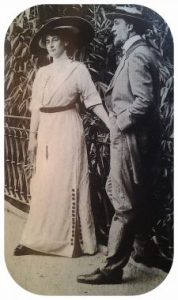
Image source: https://en.wikipedia.org
About His Life
Hector-German Guimard was born in Lyon on May 25, 1867. In 1882, he began training at the National School of Decorative Arts in Paris directed by Louvier de Lajolais. Then, he continued his studies, in 1885, at the Academy of Fine Arts in Paris. Four years later, he participated in the Universal Exposition with a commission for the Electricity Pavilion. Further, Hector drew inspiration from some of the new architectural theories of the late 1800s. His designs were influenced by the radical ideas of the French architect Viollet-le-Duc and the sinuous architecture of the Belgian Victor Horta. Under their influence, Guimard created several exceptional avant-garde works. Then, in 1895, after visiting the first Art Nouveau building, the Hotel Tassel by Victor Horta in Brussels, Guimard completely redefined his artistic approach.
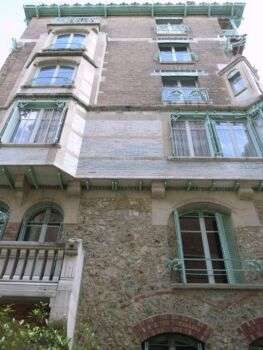
Image source: https://search.creativecommons.org/photos/41c0e42d-8f5f-439f-8b5a-8234593e56d8 by stevecadman
His Major Works
- Castel Beranger: From 1894 to 1898, following his discovery of Horta‘s Tassel Hotel, Guimard made radical changes to the project. First, he planned to design it in Gothic style, but later decided to create a Art Nouveau structure. Additionally, he made it dynamic, through the use of projections and indentations. The structure is embellished by the highly innovative matching of materials like hammered iron, brick, stone, and ceramics, while a refined naturalistic decoration fills the interior with exuberant, curvilinear plant motifs.
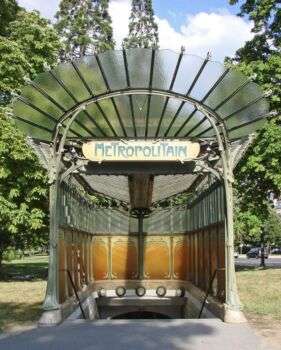
Image source: https://search.creativecommons.org/photos/52ec9f72-acd0-4fa5-a5b9-fdc8b1823d93 by dalbera
- Entrances of the Paris Metro: Designed and created from 1898 to 1905, Guimard’s amazing metal Art Nouveau designs (c.1899-1901), with their flowing lines and floral shapes, shocked Parisians, who thought his use of iron far too Germanic. As a result, most of his metro station entrances, including all the large ones, have been removed.
- Hotel Guimard: A luxury residence known designed from 1909 to 1912. Guimard designed most of the interior objects and fixtures himself as well as a number of unique items of furniture, which are integral parts of the structure.
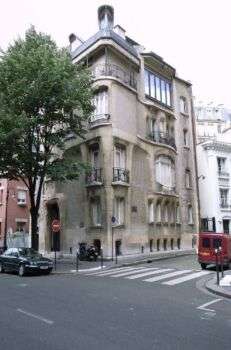
Image source: https://search.creativecommons.org/photos/33aba6bf-7bd2-4695-a907-3d2295993f84 by stevecadman
Parisain Metro Entrances
At the end of the 19th century, a competition launched for the construction of 3 metro works: a standard sand, a stand for the Bastille stop, and one for the Étoile stop. Guimard chose cast iron, a “new material,” that was cheap and easy to model. So much so that these works were one of the first examples of mass production in architecture, and perhaps for this reason Guimard became one of the first architect-designers. In addition, Guimard also created the font for the METROPOLITAN writing.
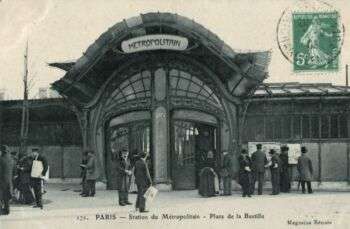
Image source: https://www.archdaily.com
Features of His Style
The main claim of the current of Art Nouveau, of which Hector Guimard is one of the most important French exponents, is the unity of architecture, furnishings, and room layout. Moreover, the decorative object or piece of furniture must not be isolated in a room, but it must perfectly integrate with the style of the entire home.
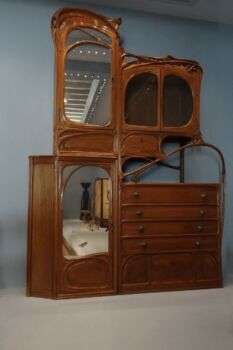
Image source: https://search.creativecommons.org/photos/3ee69c3b-faef-4d97-a73d-c89fc896dce1 by westher
The work of Guimard is easy to distinguish among the other practitioners of the Art Nouveau style. Often, his projects are plastic, abstract, and sometimes have bizarre plant and floral images in iron, glass, and carved stone, which usually twist and bend into irregular and asymmetrical shapes.
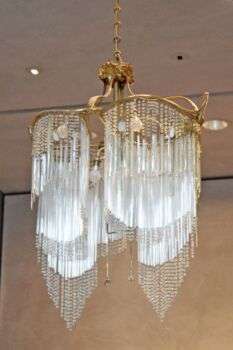
Info sources:
http://www.senses-artnouveau.com/biography.php?artist=GUI
http://www.theartstory.org/artist-guimard-hector.htm
http://www.visual-arts-cork.com/architecture/hector-guimard.htm
